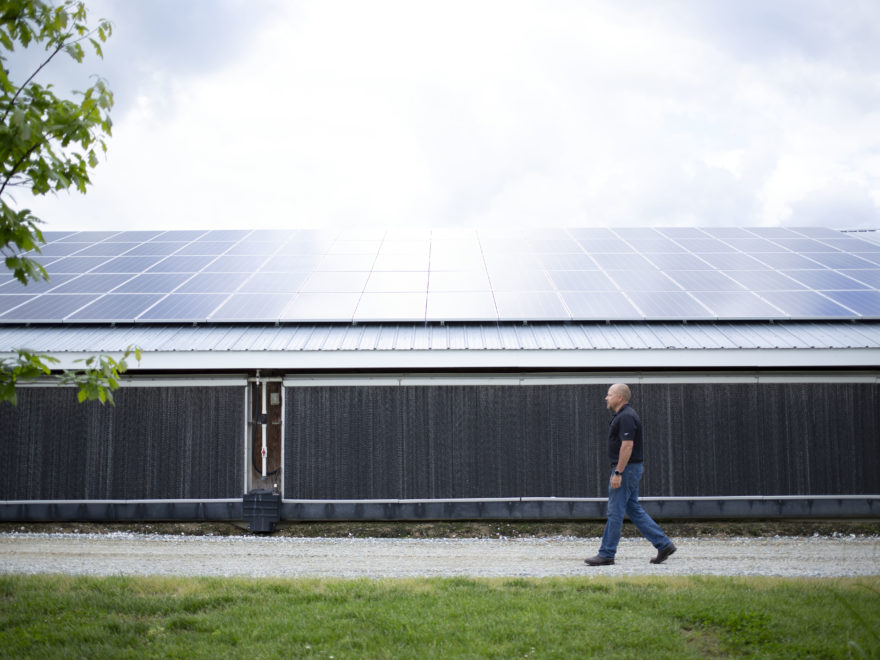Sponsored: Whether you’re growing plants or raising livestock, food production plays a crucial role in environmental stewardship.
By Mike Brown
This article is sponsored by The National Chicken Council.
Whether you’re growing plants or raising livestock, food production plays a crucial role in environmental stewardship. If your industry is agricultural, you need to be committed to environmentally responsible and sustainable production practices day in and day out — for the sake of the natural resources around you, and the people and communities who rely on them.
Chicken is the No. 1 protein consumed in the U.S., with the average American eating 99.3 pounds of chicken in 2022. In fact, did you know that Americans will eat an estimated 1.45 billion chicken wings during the upcoming Super Bowl weekend? As producers of America’s favorite protein, the chicken industry is perfectly positioned to lead the way to a more sustainable future.
We are continually looking for new ways to minimize our footprint because we understand that a healthy environment is in everyone’s best interest, including ours as a business. After all, it takes a healthy planet, fresh water, fertile soil and clean air to raise and produce the nutritious, accessible protein that millions of Americans eat.
We’re headed in the right direction, and we’re always improving our sustainability practices. Our most recent National Agri-Marketing Association (NAMA) award-winning industry sustainability report describes in detail the progress being made at every step of the way, from chicken farms to store shelves. A recently conducted life cycle assessment shows that the chicken industry’s greenhouse gas emissions were down 18 percent, while fossil resources use was down 22 percent and water consumption was down 13 percent. Saying “we’re improving” is one thing — and holding ourselves accountable by thinking and talking about our progress in terms of facts, evidence and results is another.
To that end, I’m excited to share a new tool which will focus and shape our ongoing efforts to achieve sustainability goals. The U.S. Roundtable for Sustainable Poultry & Eggs (US-RSPE) Sustainability Framework is the first comprehensive sustainability assessment of the full U.S. chicken, turkey and egg supply chains, established by an independent, multi-stakeholder organization with members representing every aspect of these important categories of agriculture. It provides metrics for categories such as food safety, animal wellbeing, air quality and more.
US-RSPE invites growers, integrators, processors, retailers, food service companies, civil society groups and NGOs, allied industries and individuals to come together in support of improving sustainability. This wide breadth of input makes US-RSPE extremely inclusive.
Our new tool is not a sustainability standard, nor is it an audit. You will not receive a performance score, and you won’t pass or fail. It’s simply a method for tracking continuous improvement in our industry. It’s also just the beginning — this is only the first iteration of the US-RSPE Framework, and the organization is committed to reviewing and advancing the metrics on a regular basis as we continue on the journey to optimal sustainability.
Through leadership, collaboration and innovation, US-RSPE and the U.S. chicken industry are committed to developing solutions that are environmentally sound, socially responsible and economically viable. At the National Chicken Council, we believe the Framework is a tremendous step forward in support of that commitment.
By embracing tools and new solutions like these, poultry producers are always advancing sustainability in the chicken industry and in food systems as a whole. We’ve made progress, but the mission is far from accomplished; it’s our job to keep making improvements and hold ourselves accountable. At the end of the day, it’s about working together to affect positive change — for our poultry, for our people and for our planet.


